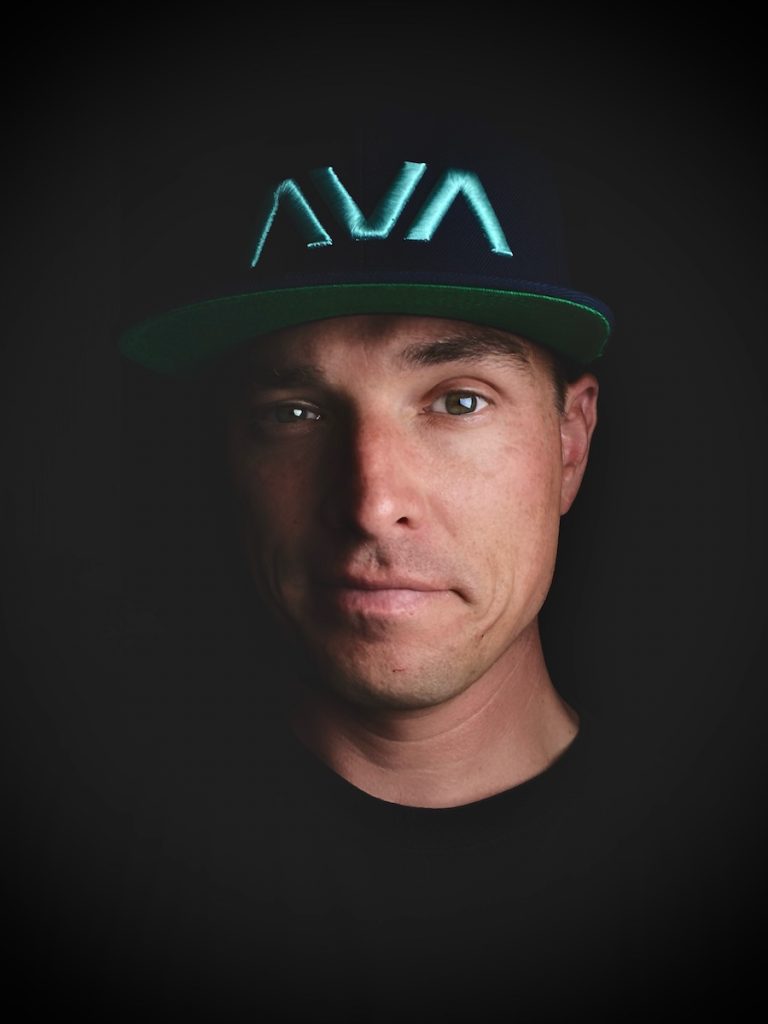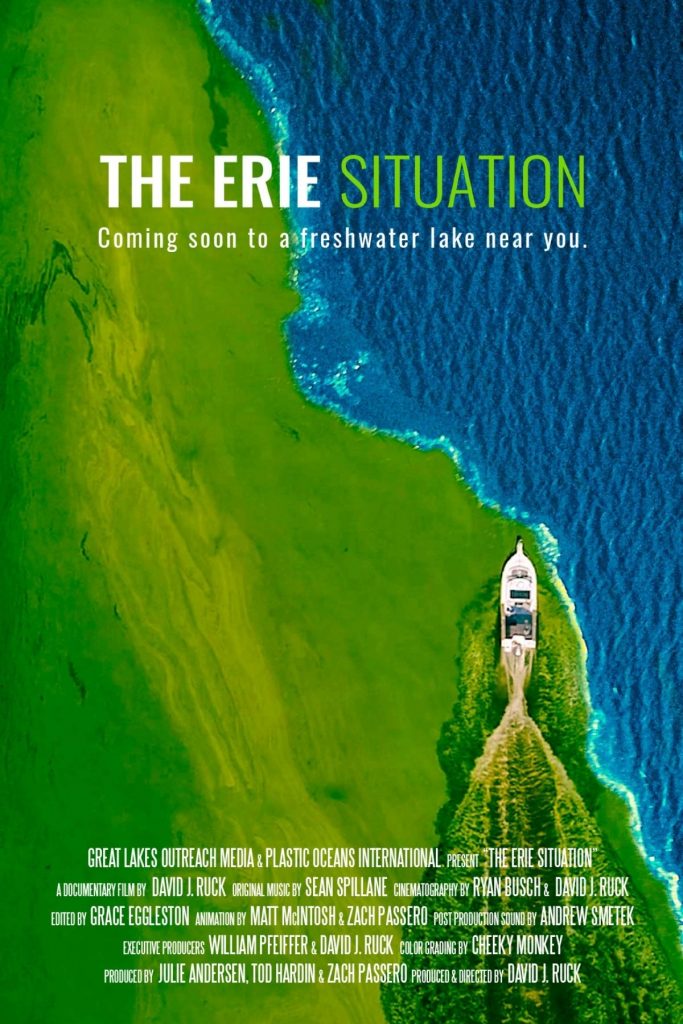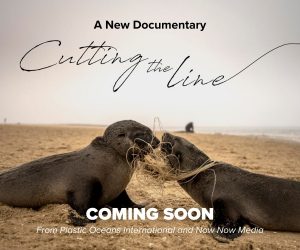Using the Power of Story to Protect the Great Lakes
Plastic Oceans’ latest film, The Erie Situation, explores the confluence of science, public sentiment, politics, and the powerful farming lobby as Ohio wrestles with how to confront the drivers of toxic algae. Here, in an exclusive interview, the film’s director and founder of Great Lakes Outreach Media, David J Ruck, answers questions about the film, its urgency, and his love of the Great Lakes.
Enjoy the interview below and be sure to read the official press release about completing production on this film, HERE.
Can you speak a little about your relationship with the Great Lakes? Why are they so important to you – and to us?
I grew up on the shore of Lake Michigan, next door to that was a lot of woods and forests, and it really provided a canvas of exploration. I spent a lot of time on the beach, a lot of time in the water, and a lot of time in the woods – just a lot of time in the natural environment. Not having any neighbors, my friends were the trees and the outdoors. I had a real strong connection from early on just because I felt like nature, the lake and the woods had a part in raising me. They were all teaching me things.

Director David J Ruck. Photo: Great Lakes Outreach Media
So it’s important to me in that way; it’s essentially a family member. But it’s important to everyone else from a practical standpoint. This is 20% of the world’s freshwater and as vast as it is you can look at something that big and think what can possibly affect something at that scale. But things can change these vast resources – and we’re seeing that in many ways with climate change, water withdrawals, inputs to the lake, whether it be chemical or biological, and invasive species.
So, I think they’re important for the obvious fact of what they hold, but it’s also important that we all know and care about them because things can happen to them and human beings can impact and change the quality or the nature of the Great Lakes, and I think that everyone near them certainly needs to take personal responsibility for them.
There are any number of reasons why these vast bodies of water are under threat, and climate change, and algae blooms, well these are drivers for a decrease in the environmental quality of the Great Lakes.
How did you come to the story of The Erie Situation?
I worked on a previous, smaller project for The Ocean Conservancy where we were looking at things that the National Oceanic and Atmospheric Administration (NOAA) was doing on the Great Lakes, and we settled on water quality modeling efforts which were led out of the Great Lakes Environmental Research Lab. These focused on harmful algal blooms and hypoxia, which are conditions which take place in Lake Erie.
There’s a network of buoys which collect in-situ data on water quality, which is being used, along with data from the National Weather Service, to create models to determine where these algal blooms will go, and subsequently after they die off, where these hypoxic conditions end up, and how that helps water treatment managers prepare for and treat the water.
One of the folks I met on that journey was Ed Verhamme, an engineer at the private water solutions firm, LimnoTech. Ed is responsible for a lot of these buoy systems that are out there across the Great Lakes, but mainly Lake Erie. They’re usually for a water treatment plant or municipality to measure the lake conditions, and Ed was very familiar with the work he and others were doing to study the drivers for harmful algal blooms. We got to talking about the blooms that were happening every year on Lake Erie and decided to start looking into this project. Then I managed to partner and get funding from the Toledo Rotary Club and the Great Lakes Observing System to take a good look at Lake Erie.
The Toledo Rotarians were interested but they also had a track record of getting all the different players to the table with regards to harmful algal blooms – politicians, representatives from agriculture, scientists, and others – to try and work cooperatively to solve this problem.
They were also very interested in a film which might take a similar route.
So the project just sort of snowballed into looking at all these different aspects of the problem, and how we got to a place where we produce these massive algal blooms every summer, certainly on Lake Erie.
Was film always the chosen medium for the story of The Erie Situation, or was there something in the story which felt as though it made a good fit?
Truth be told, I never thought about doing it in any other way. When you see an algae bloom – especially the kind of blooms that appear on Lake Erie – it’s a very visual scene. It’s like experiencing a dream you haven’t been in before.
It’s a very visual problem, whether you’re experiencing it from space – through satellites – or drones, or just being on the beach next to it.
There are scenes in the film shot from an airplane where you can see these algal blooms as far as the eye can see, and where a ship or a freighter has driven through them and leaves this dark shadow for miles and miles and miles, and sort of painted lines across this green water as far as the eye can see.
It’s not a story you tell through radio; it’s not a story you tell through a written article.
The Erie Situation is a visual situation.
How did the producing relationship with Plastic Oceans come about?
Plastic Oceans’ Chief Operating Officer, Tod Hardin, found out about the film, and started asking me questions about it, the process, the problem and so on. At first I wasn’t sure how plastics in the oceans had a correlation with algal blooms in Lake Erie but it soon became clear that Plastic Ocean’s remit is much more broadly about our bodies of water, and additionally that Plastic Oceans does film, that there is a track record there and that they wanted to leverage this experience and expertise to see the film get across the finish line and reach an audience.
Tod and Julie Andersen (Chief Executive Officer of Plastic Oceans) are all about getting this film out there and getting it in front of a company or organization which will enable it to be seen by as many people as possible.
I think finally the appeal of The Erie Situation is down to two things: I think it’s a good story and it’s an important story – and it’s wonderful that the folks at Plastic Oceans agree.
What’s Next for David J Ruck?
I’m exploring ways in which the Great Lakes’ fresh water is becoming more and more at risk of extraction and diversion, especially as phenomenon like Climate Change and an arid southwest and California face continuous drought. They want our water.
THE ERIE SITUATION, directed by David J Ruck, is a 72-minute documentary that will soon be seen at film festivals worldwide. Plastic Oceans International is currently developing an impact program for the film, which will include education and discussion guides, as well as supporting material, all of which will be translated into various languages as funding is received.
If you’d like to support the impact program, helping us to truly make a difference with this film, please consider a donation today. CLICK HERE TO DONATE directly to THE ERIE SITUATION. To learn more about this film, please visit TheErieSitutaion.com.


